The Interior
The truly outstanding feature of the interior is the mosaic dome ceiling, begun in 1225 and completed around 100 years later. We will look at it below, here, but first let's look at the other internal features.
Originally, as with other baptisteries, the font was very large, designed for total immersion. There is a legend that Dante rescued a child drowning in it. It was replaced by the present small font in 1571.
A perhaps unlikely feature is the grand tomb of Antipope John XXIII, created mainly by Donatello and Michelozzo Michelozzi. So why is this here? The answer is that he had plenty of money: he donated some of it to the building of the baptistery. He also supplied it with relics.
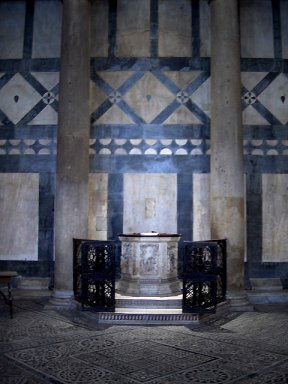
The present font
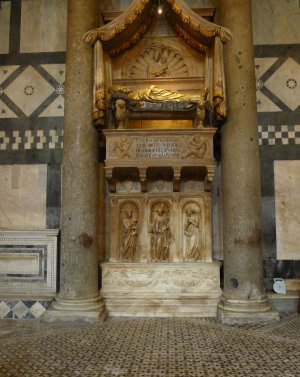
Tomb of Antipope John XXIII
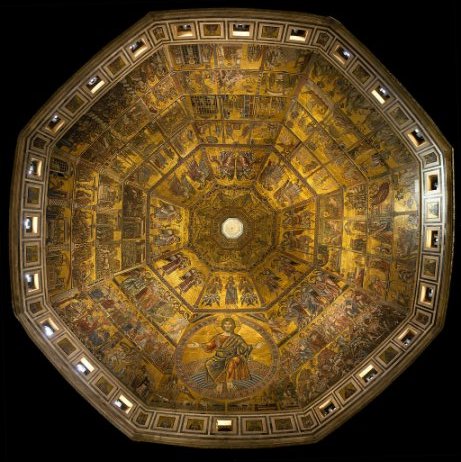
The octagonal ceiling is divided into narrative sections around the central lantern. This diagram (taken from elsewhere) explains the plan.
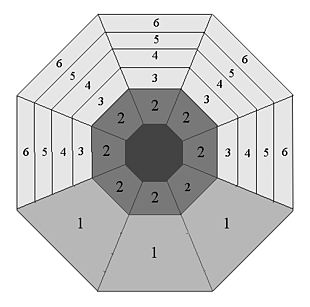
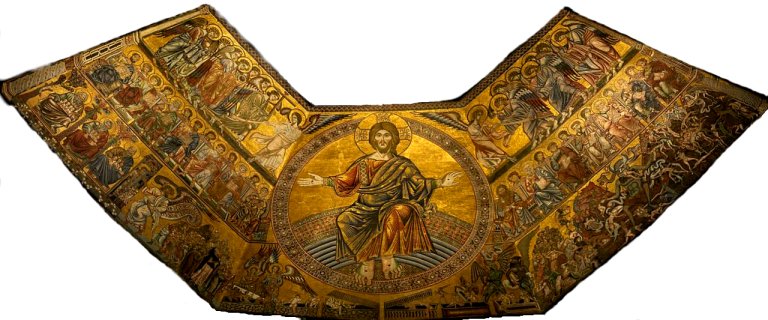
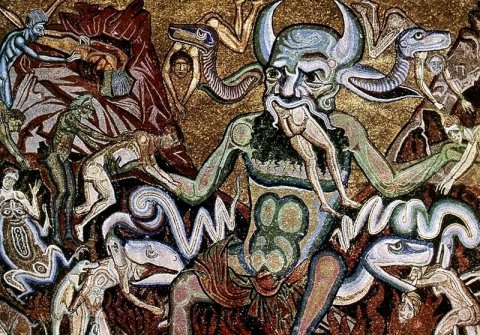
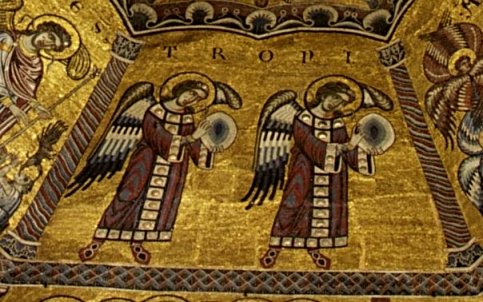
From the Genesis mosaics: the temptation of Adam.
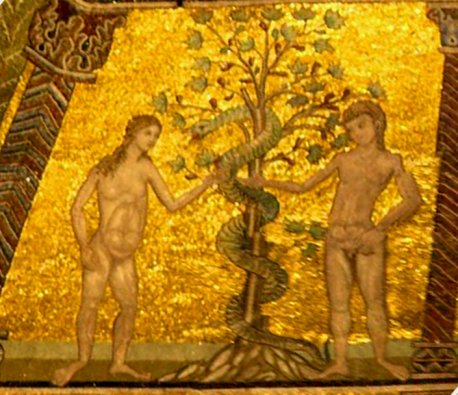
From the Life of Joseph: Joseph interprets the dream of the Pharoah.
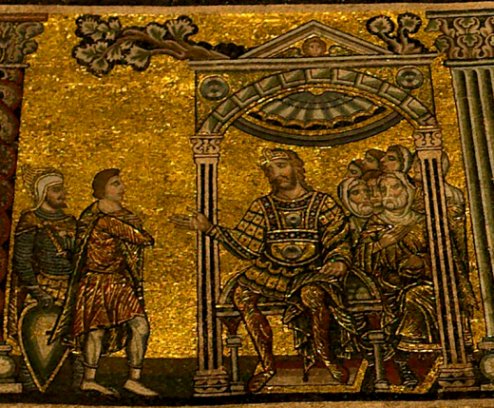
From the life of Christ: the Last Supper.
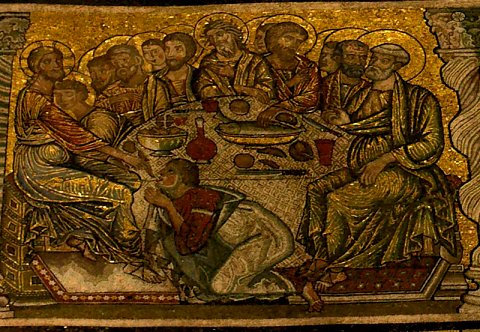
From the life of John the Baptist: the Baptism of Christ.
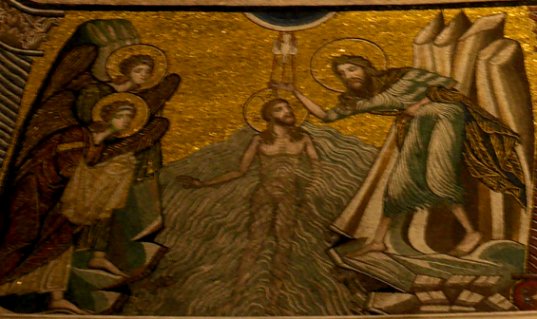
Finally, below the image of Christ is the entrance to the apse. The celing here has images of Christ, the Virgin, apostles and prophets.

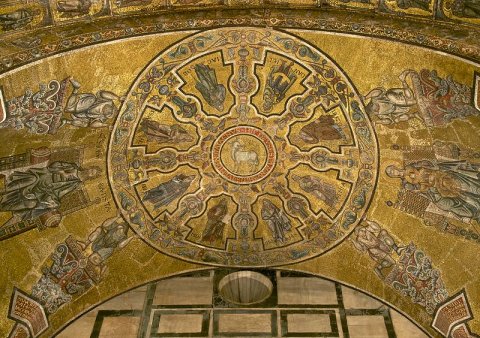
Baptisteries page 1 Home page: explore the site